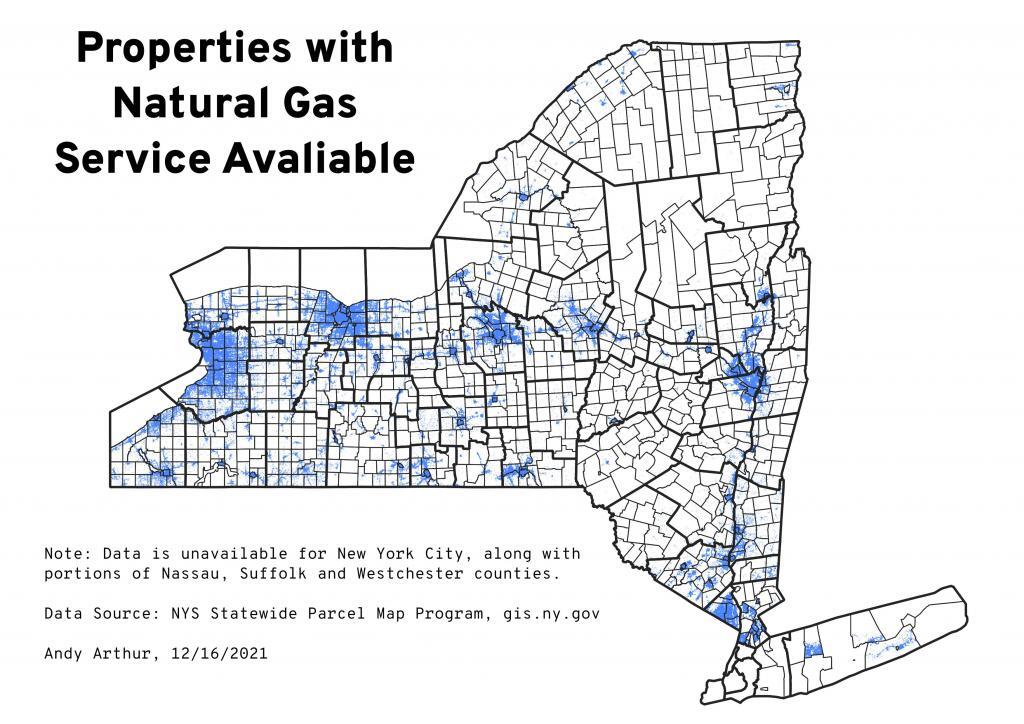Lock 8
Work began here in Rotterdam in 1908 on Erie Barge Canal Lock 8. In addition to constructing Lock 8, engineers built a three-span moveable dam (about 510 feet wide) that raises boats heading upstream as much as 15 feet when the dam is activated. Many people mistake the dam for a bridge, (which it is not) but a walkway that allows for necessary maintenance. Beneath the dam's trusses are steel frames each containing a giant steel plate. Below the dam's base, a concrete sill constructed on the river bed spans the river's width. When these frames are swung open and lowered by chains onto the sill, they form a dam.
Dam gates can be adjusted up or down almost like window shades, to control the volume of water and its rate of flow. Raising or lowering the dam must be carefully coordinated with the lock operators downstream to prevent the release of too much water which might flood the river bank banks. Therefore, lock gates downstream must all be raised or lowered accordingly.
